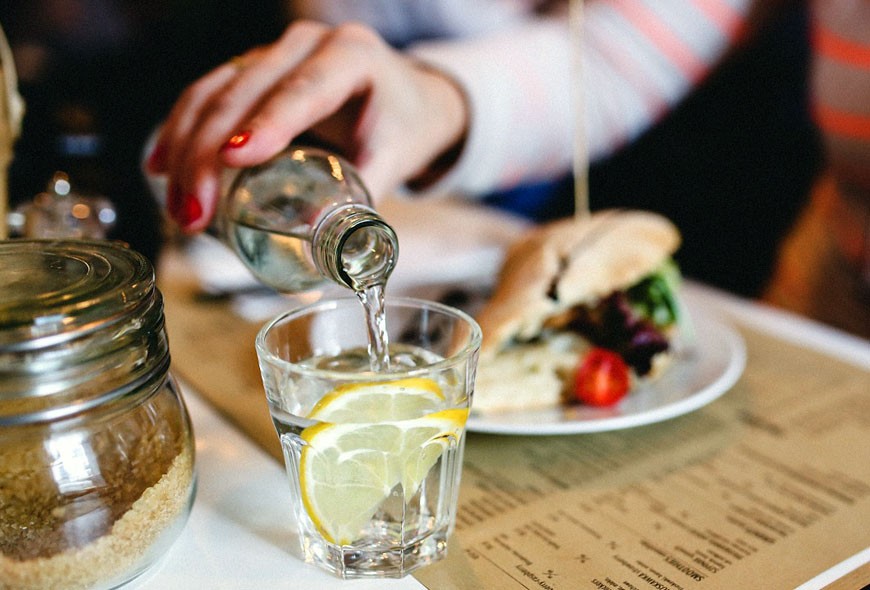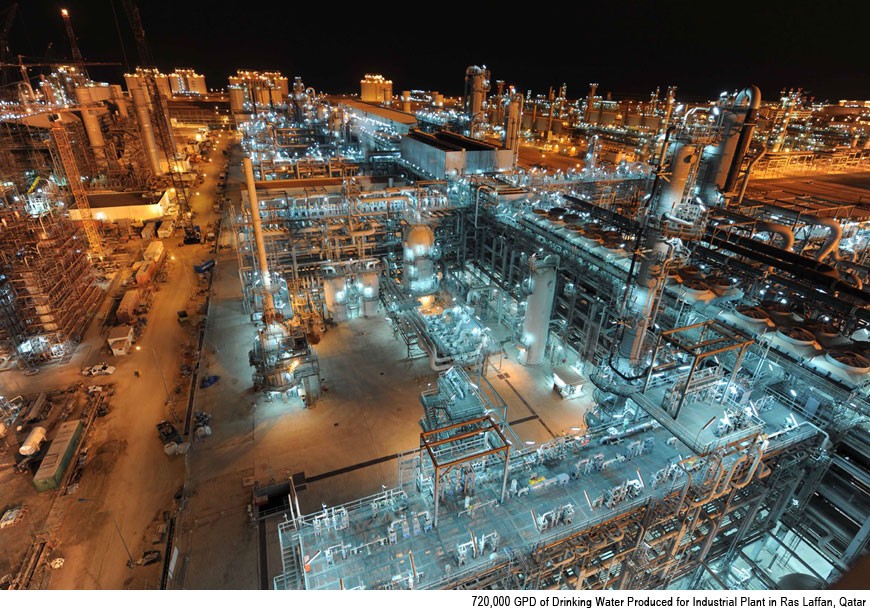If you’ve ever wanted to be a hero, now’s the time. The fate of the world is at stake, and there are ways you can help our water crisis.
More than two-thirds of the world’s aquifers, the underground reserves we rely on for clean water, are being drained more quickly than they naturally refill. At the current rate, scientists predict that Earth’s seven-plus billion inhabitants could face a life-threatening water shortage less than a century from now.
In places like Africa and Russia, major sources of potable water are being contaminated every day. Even in developed countries like the United States, we see examples of blatant waste in the way that people nourish their gardens, shower and use the bathroom. About 13 gallons of water a day is all that is required for a person to maintain a high standard of living, but often we use two or three times that amount.
Why has this conspicuous consumption been allowed to go unchecked, and what can you do to end our water crisis?
What Water Crisis?
Quite possibly the most important thing that can be done to turn the proverbial tide is to educate more people about the importance of water conservation. Sheer negligence is a real contributor to the world’s water usage issues at the moment, but it doesn’t have to be.
Raising awareness now is crucial if we want to ensure clean water for future generations. The message must be spread in schools, communities and city governments around the world. Every drop counts.
In the words of Seth M. Siegel, author of Let There Be Water: Israel’s Solution for a Water-Starved World, our current mindset is that “Water is free.” In fact, the truth is quite different.
“Did you ever take two sips of a glass of wine at a restaurant and then leave?” He asks. “Bet you never did.”
Our global outlook must change: The perception of water as free must be replaced by the understanding that it is a commodity, and the most precious commodity on Earth.
Making a Difference With Policy
One of the most powerful tools we have available to help enact this change is social and political policy. Imagine if your water bill were twice what it is today. Would that get your attention? Price increases are likely if we’re going to realize the reduction in use that is needed to make a difference.
A reduction in residential water use is the beginning of the solution, but realistically, the change needs to come at the industrial level for real progress to be made. Only about seven percent of global water use is residential, with 22 percent attributed to businesses and nearly 70 percent to agriculture.
As the greatest consumer, agriculture becomes the natural target of reduction efforts, but farmers need water to stay in business, and we all have to eat. Still, making educated changes to the way we eat could be an enlightened answer to the water crisis.
For example, if you’re a fan of steak and burgers, you might be surprised to find out that it takes 17 times as much water to produce a pound of beef as it does to farm a pound of veggies. If you’ve been looking for a reason to get more greens in, let this be a word of encouragement. Multiplied on a global scale, this single change could have a tremendous impact in water use.
Making a Difference With Technology
In areas of high consumption, state-of-the art desalination facilities are being installed to convert seawater into potable, ultra-pure drinkable water. This is of particular importance when you consider the water needs of industries, such as pharmaceutical companies who require extremely clean water for use in medicine.
Villages in India and Africa are receiving aid from western organizations to build wastewater treatment facilities that can promote the purification of freshwater lakes and rivers that have been contaminated by human waste. For agricultural use, water re-use facilities and better developed irrigation systems are allowing more efficient use of the current supply.
The world’s existing infrastructure is dated, and a retrofit could save us hundreds of millions of gallons of water per year. The Delaware aqueduct in New York, for example, leaks enough water each day to supplant Niagara Falls for a full minute. But in places like Israel, this type of line-loss is being combatted. Drone technology scans existing pipes for leaks, and has reduced runoff to under 11 percent, a sizable amount compared to the 20 to 40 percent lost in an average city.
We Must Act Now
Perhaps what makes the water crisis so deadly is our inability to feel its effects until it’s too late. Knowing that your grandchildren might not have clean water to drink and bathe in is a scary idea, but it’s just not tangible enough to incite immediate action in many places.
As city governments adjust the way we use water and activists work to raise awareness, the gravity of the situation will set in for more global citizens. Still, we may be too late already.


